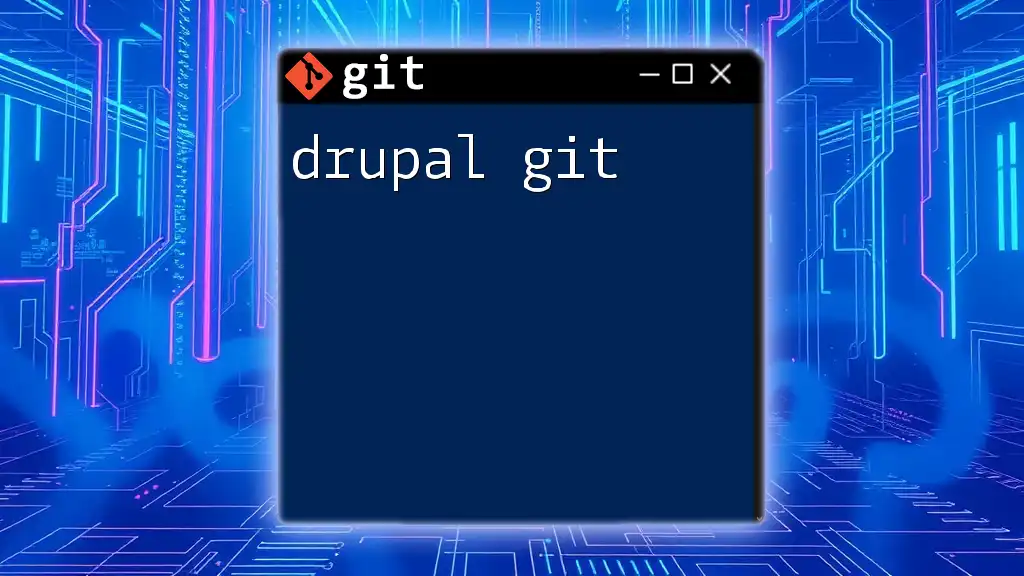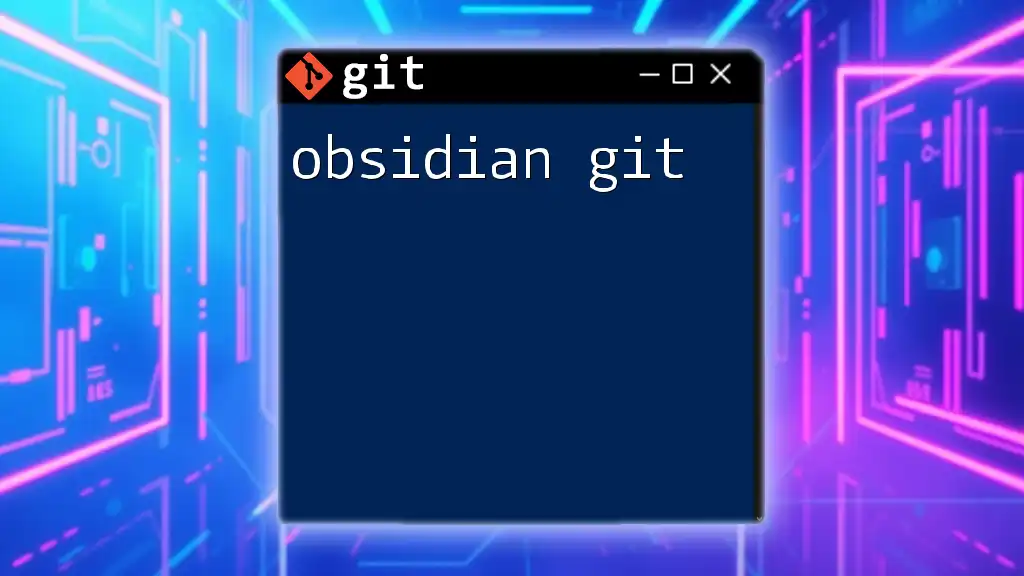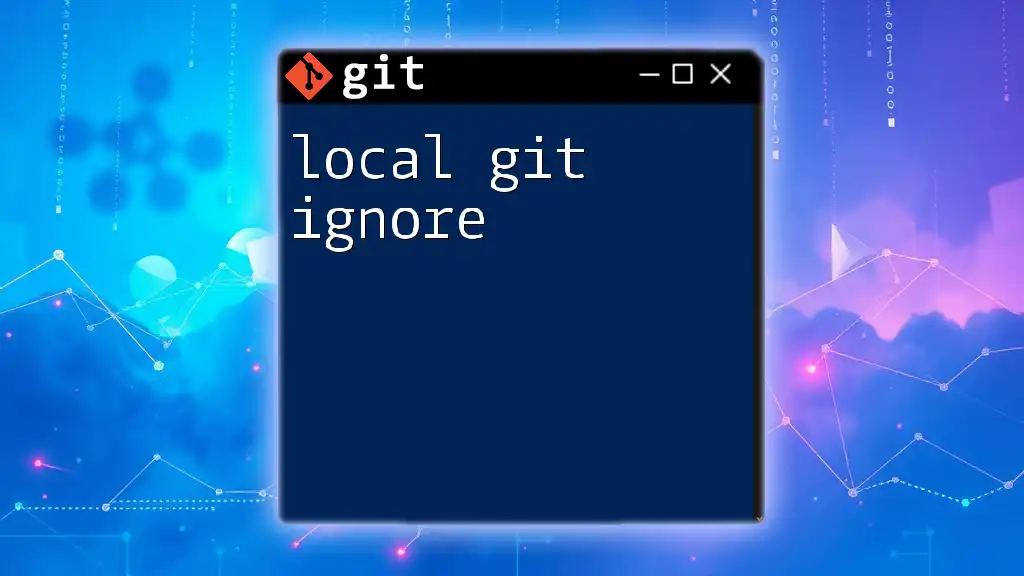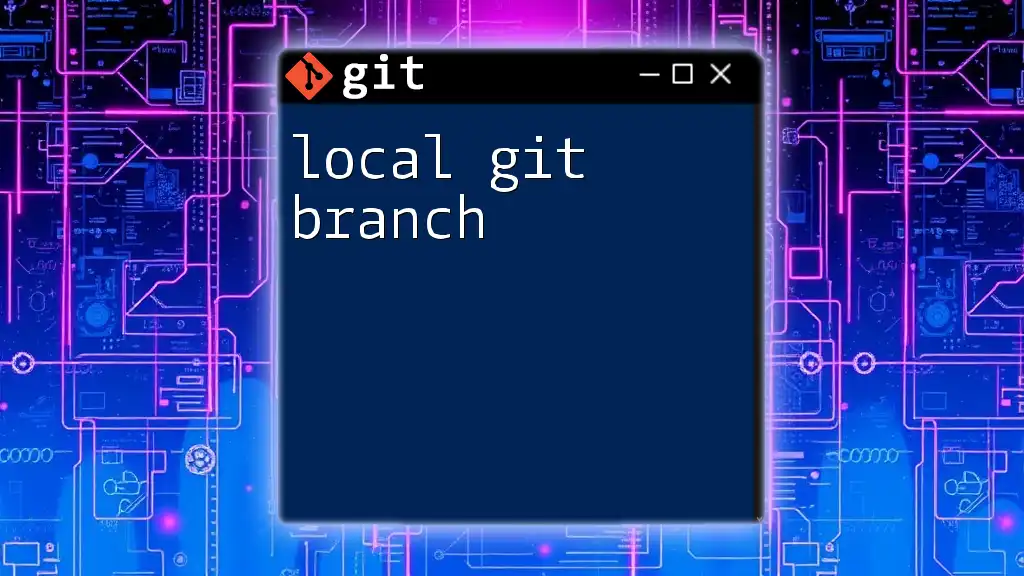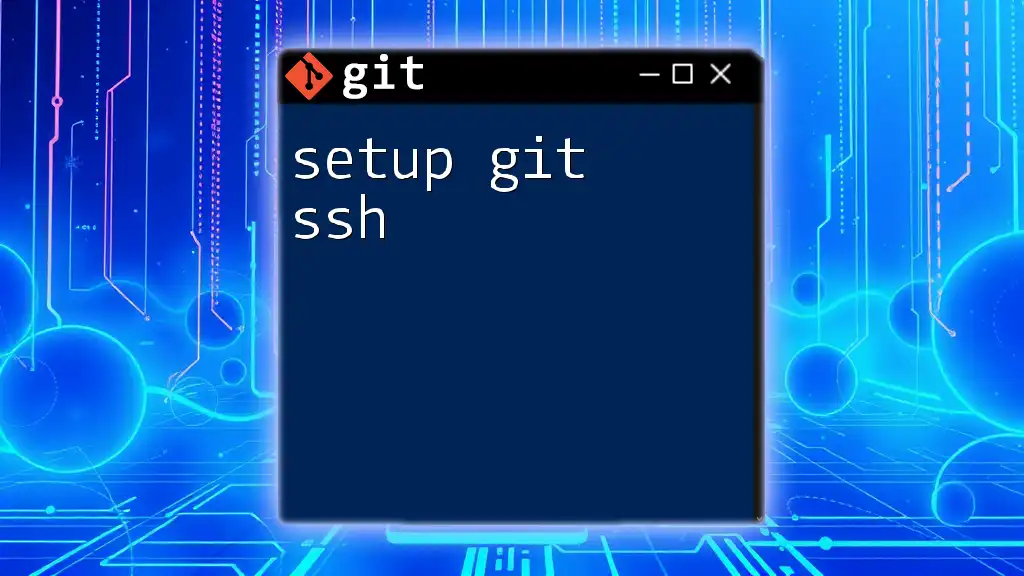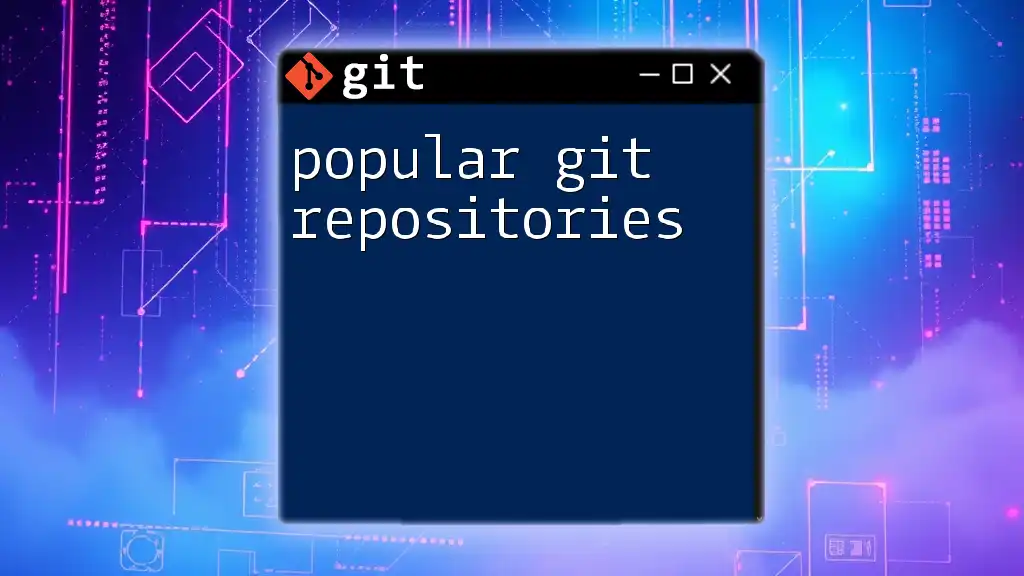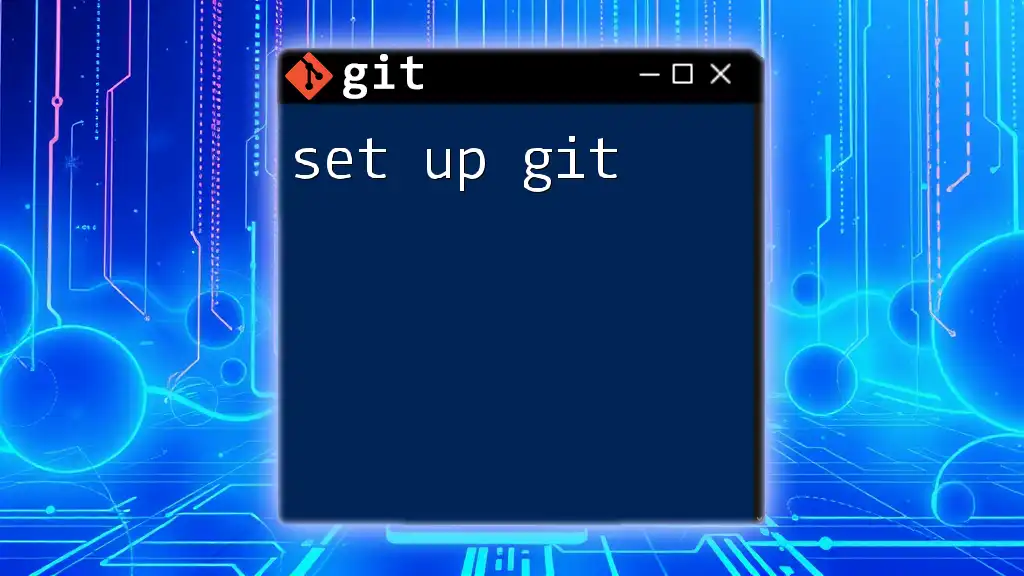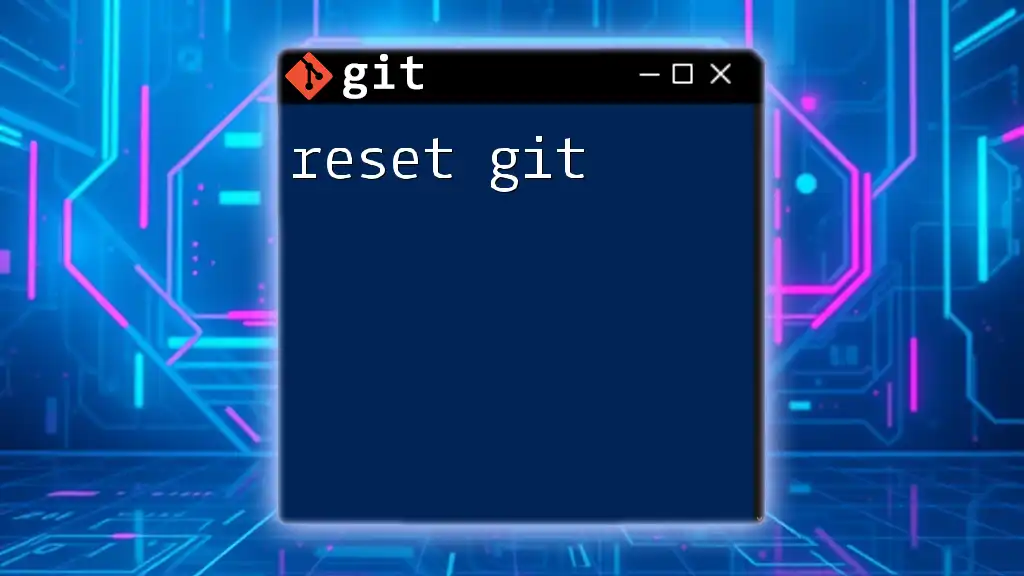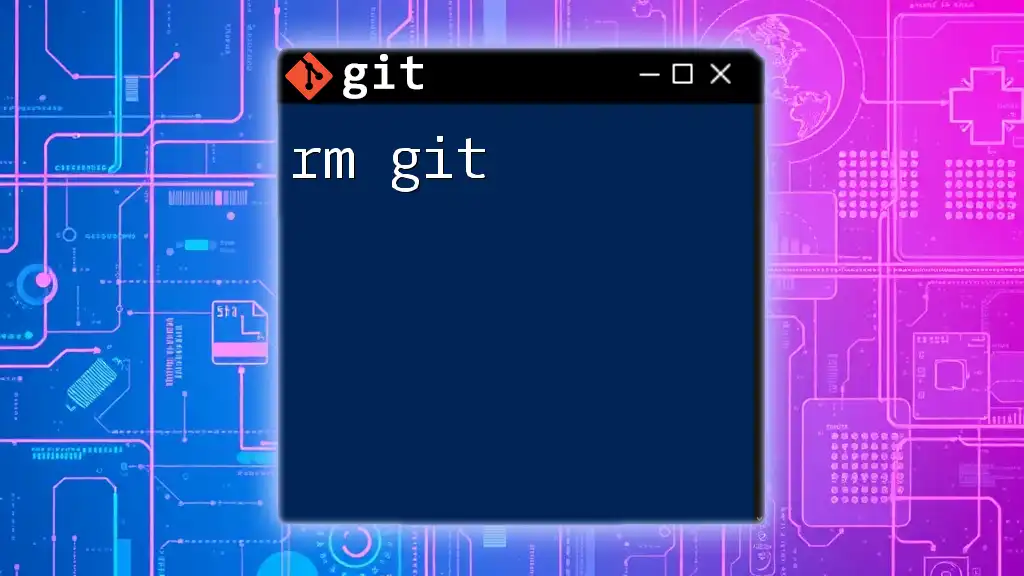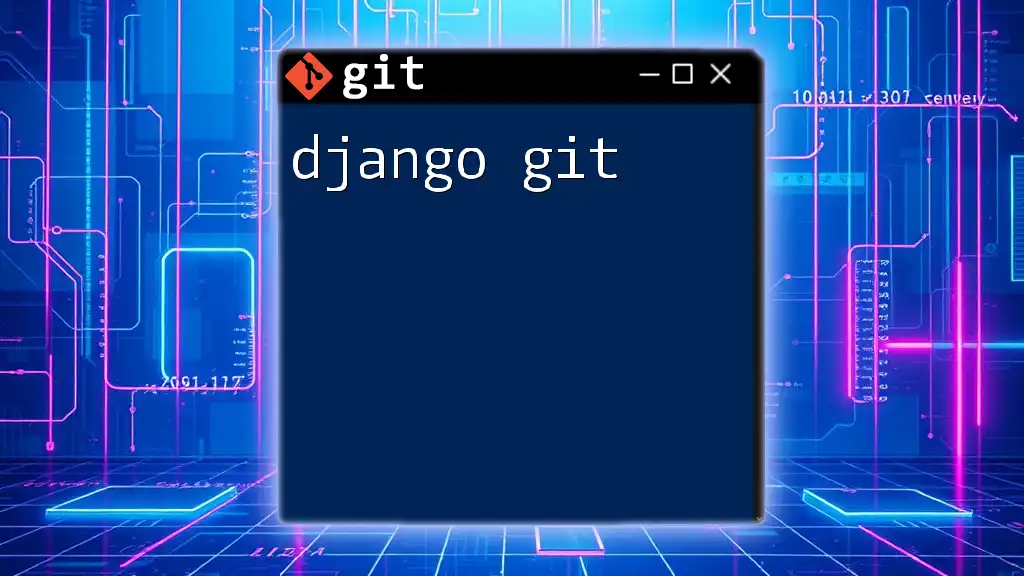"Drupal Git is a version control setup using Git to manage Drupal projects, ensuring efficient collaboration and tracking of changes in your codebase."
Here's a basic command to clone a Drupal project repository:
git clone https://github.com/drupal/drupal.git
Understanding Git Basics
What is Git?
Git is a distributed version control system that allows multiple developers to work on a project simultaneously without the risk of conflicting changes. This system maintains a history of every modification in a project, enabling developers to easily track progress, revert changes, and collaborate efficiently.
Key Git Terminology
To understand how to use Git effectively, you need to be familiar with essential Git terminology:
-
Repository: This is where your project files and the entire history of changes are stored. In a Drupal project, your repository will contain everything from the core Drupal files to your custom modules and themes.
-
Commit: A commit is a snapshot of your changes. Whenever you save your work in Git, you create a commit. You should always write clear and descriptive commit messages to explain the intent behind the changes.
-
Branch: Branching allows developers to create separate lines of development. This is particularly useful in Drupal projects where different features or fixes can be worked on simultaneously without affecting the main codebase.
-
Merge: Merging is how you integrate changes from one branch into another. For instance, once a feature is complete, you'll merge it back into the main branch to make it part of your project.
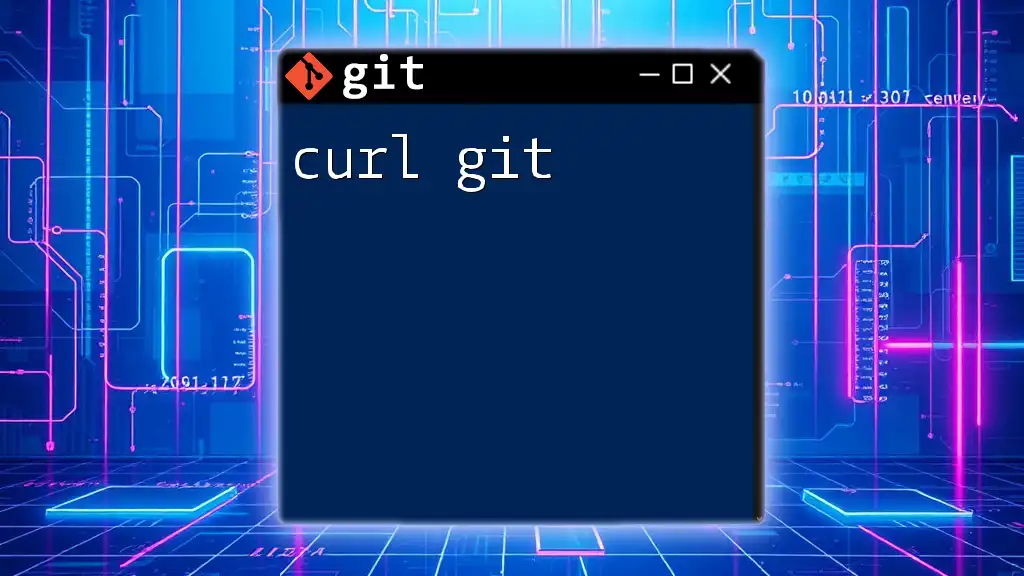
Setting Up Your Drupal Git Environment
Prerequisites
Before you can start using Git with Drupal, you need to ensure that you have the following tools installed:
- Git: Make sure you have the latest version of Git installed on your machine.
- Drupal: You will be working primarily with a Drupal project.
- Composer: This is the dependency manager for PHP and is essential for setting up Drupal.
Installing Git
To get started with Git, you need to install it on your system. Here’s a brief guide on how to do that:
Windows: Download the Git installer from the [official Git website](https://git-scm.com/download/win) and follow the installation prompts.
MacOS: Use Homebrew to install Git. Open your terminal and run:
brew install git
Linux: Installation can typically be done via the package manager. For example, on Ubuntu:
sudo apt-get install git
Initializing a New Drupal Project
To create a new Drupal site configured for Git, follow these steps:
composer create-project drupal/recommended-project my_drupal_site
cd my_drupal_site
git init
This sequence of commands creates a new Drupal project and initializes a Git repository for version control.
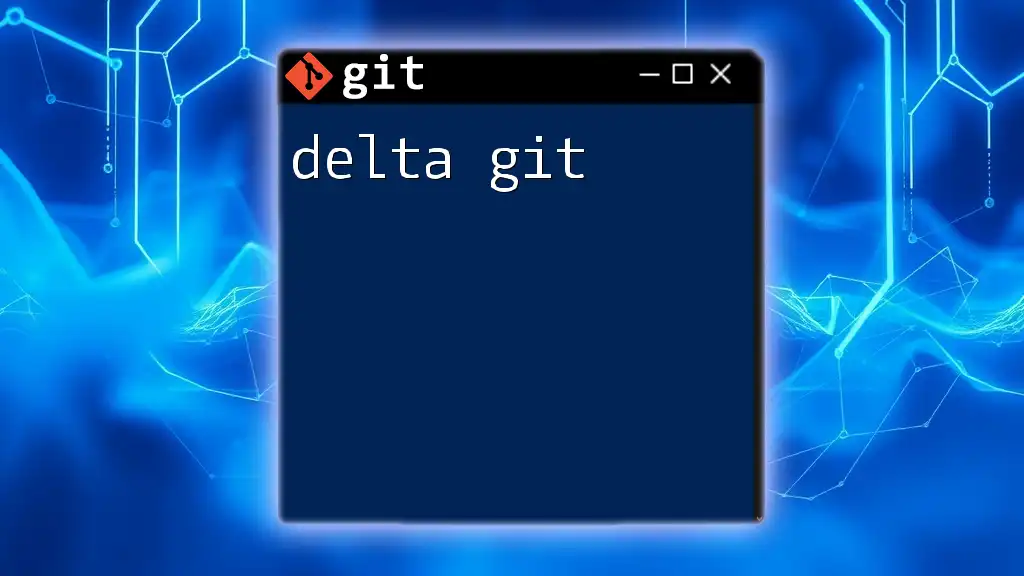
Managing Drupal Projects with Git
Cloning an Existing Drupal Repository
When you want to contribute to an existing Drupal project, the first step is to clone the repository. You can do this with the following command:
git clone https://github.com/user/drupal-project.git
Cloning allows you to create a copy of the project on your local machine, complete with the entire history of changes.
Basic Git Commands for Drupal Development
Checking the Current Status
To see the current state of your files, including which ones are staged, modified, or untracked, you can use:
git status
This command is crucial for understanding what you are about to commit and helps you manage your workspace effectively.
Staging Changes
Before you commit your changes, you need to stage them. You can stage all changes by running:
git add .
Staging allows you to select specific portions of your changes, ensuring that only the files you intend to commit are included in the next commit.
Committing Changes
To save your staged changes, you execute a commit:
git commit -m "Added new feature to the module"
Always strive to write effective commit messages. A good commit message provides context and justification for the changes, making it easier for you and others to understand the project’s evolution.
Branching Strategy for Drupal Development
Creating a New Branch
When you begin working on a new feature, it’s best practice to create a new branch:
git checkout -b feature/new-feature
Using branches allows you to isolate your work, treat each feature or fix independently, and maintain a clean main branch.
Switching Between Branches
You can switch back to the main branch or any other existing branch by executing:
git checkout main
Managing branches effectively is crucial in teams to avoid overlapping work and potential conflicts.
Merging Branches
Once your feature branch is ready, you can merge it into the main branch like so:
git merge feature/new-feature
Merging can sometimes lead to merge conflicts, particularly if the same lines of code have been altered. Managing these conflicts is essential for smooth collaboration.
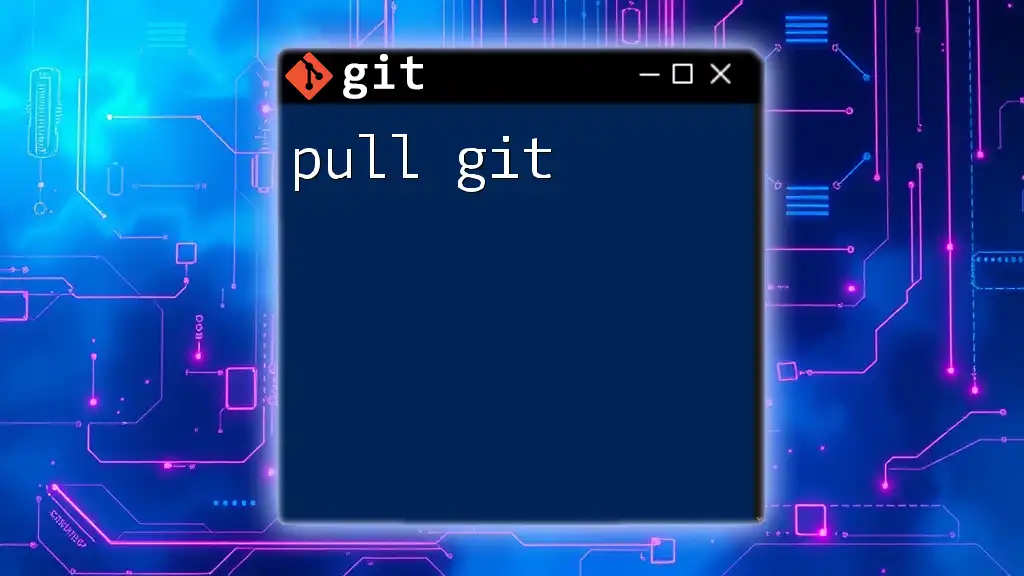
Best Practices for Using Git with Drupal
Git Ignore: Filtering Files
To avoid adding unnecessary files to your Git repository, it’s crucial to use a `.gitignore` file. This file specifies which files and directories Git should ignore. A basic `.gitignore` for a Drupal project might look like this:
/vendor/
/web/sites/*/files
By filtering out unneeded files, you keep your repository tidy and relevant.
Establishing a Workflow
Developing an effective Git workflow is vital. Depending on your project complexity, consider using:
- GitFlow: Best for large teams that need robust structure.
- Feature Branch Workflow: Ideal for smaller projects or when working solo, allowing agile feature development.
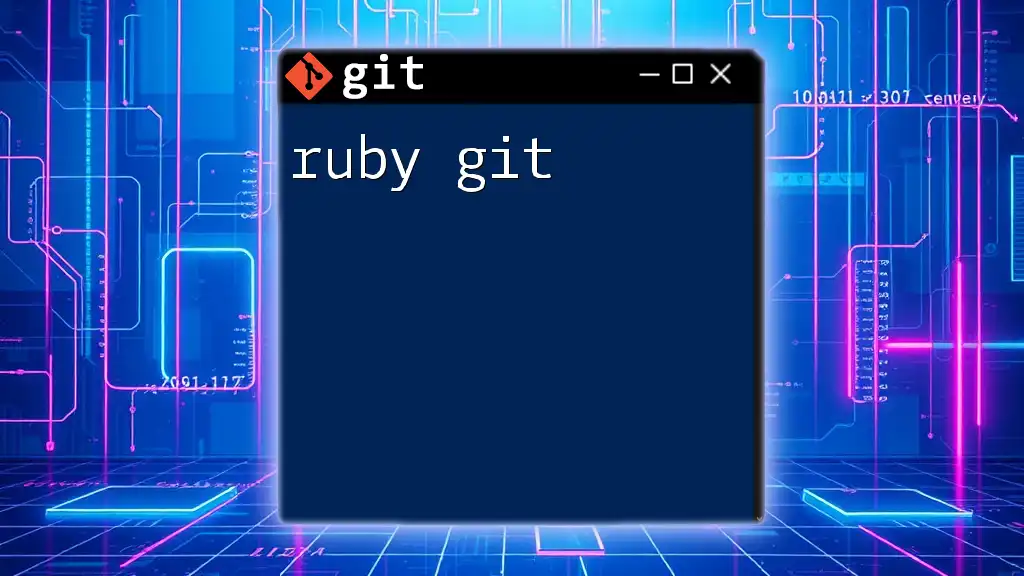
Troubleshooting Common Issues
Resolving Merge Conflicts
Merge conflicts occur when two branches have changes in the same part of a file. When this happens, Git requires you to resolve these conflicts manually. To tackle merge conflicts, follow these steps:
- Open the conflicting file in your code editor.
- Look for conflict markers (<<<<<<<, =======, >>>>>>>) to identify conflicting sections.
- Decide which changes to keep and delete the markers.
- Once resolved, stage the file and commit.
Undoing Changes
If you make a mistake and want to discard changes in a file, you can use:
git checkout -- file.txt
This command reverts the file to its last committed state. Understanding these commands will empower you to manage your changes confidently.

Conclusion
Mastering the integration of Git with Drupal can significantly enhance your development workflow. By employing effective Git commands, properly managing your branches, and adhering to best practices, you set the stage for successful collaboration and version control in any Drupal project.
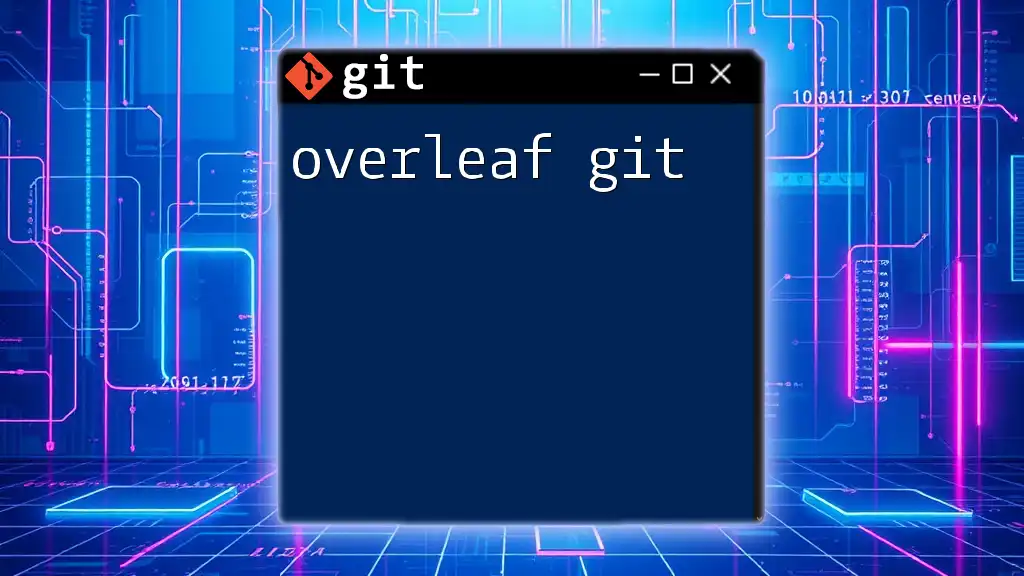
Additional Resources
For further exploration, consider diving into more advanced Git concepts and tools. Utilize the official Git and Drupal documentation to keep your skills sharp and up-to-date as you navigate the world of Drupal development using Git.

